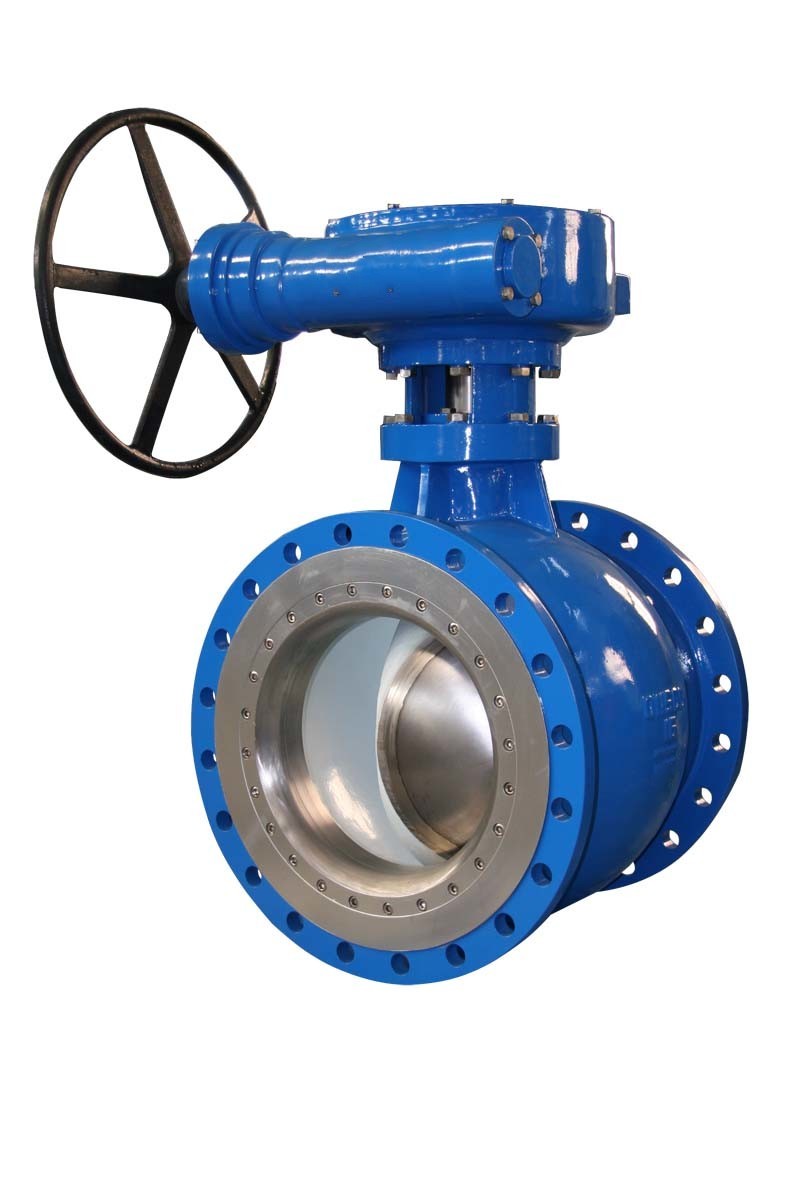Understanding Different Variants of Steam Trap Valves and Their Unique Functions and Benefits
Types of Steam Trap Valves
Steam traps are essential components in steam systems, playing a crucial role in maintaining efficiency and safety. They are devices used to discharge condensate and non-condensable gases while preventing the escape of steam. Understanding the different types of steam trap valves is important for ensuring optimal performance in various industrial applications. Here, we’ll explore the primary types of steam trap valves, their working mechanisms, and their suitability for different situations.
1. Mechanical Steam Traps
Mechanical steam traps operate based on physical principles and are commonly categorized into three types float traps, thermostatic traps, and bucket traps.
- Float Traps These traps use a float mechanism that rises and falls with the level of condensate. When the condensate collects, the float moves upward, opening a valve to release the condensate while closing it to retain steam. Float traps are widely used in applications where large quantities of condensate are generated.
- Thermostatic Traps These utilize temperature differences to operate. A sensor inside the trap detects the temperature of the steam and condensate. When the temperature drops to a certain point (indicative of condensate presence), the trap opens to release the liquid. Conversely, it closes when the steam is present at higher temperatures. This type is beneficial in processes where temperature fluctuations are expected.
- Bucket Traps Operating similarly to float traps, bucket traps rely on a balanced bucket that rises and falls within the trap. When condensate fills the bucket, it becomes heavy enough to tip, opening the discharge valve. These traps are typically used in applications where water hammer could be an issue, as they are designed to handle sudden changes in pressure and flow.
types of steam trap valve

Thermodynamic steam traps use the energy of steam to operate. They are designed around the principle of pressure differentials and typically feature a disc or valve that opens and closes based on steam pressure.
- Disc Type This type operates by allowing steam to enter the trap and cause a pressure differential across the disc. When condensate enters, it cools the disc, causing it to close and trap steam. Once the condensate pressure exceeds the steam pressure, the trap opens to discharge the condensate. Thermodynamic traps are particularly effective in high-pressure applications and are known for their robustness and reliability.
3. Pneumatic and Electric Steam Traps
Pneumatic and electric traps represent advanced control mechanisms for steam trapping. These traps utilize external power sources, such as compressed air or electricity, to enhance control and accuracy.
- Pneumatic Traps These traps utilize compressed air to control the opening and closing of the valve based on condensate levels. They are highly responsive and can be adjusted for specific applications, making them ideal for complex or demanding steam systems.
- Electric Traps Similar to pneumatic traps, electric steam traps employ electric control systems to manage the discharge of condensate. They allow for precise monitoring and can be integrated into automation systems for enhanced efficiency.
Conclusion
Choosing the right type of steam trap valve is essential for the efficient operation of steam systems. Mechanical traps are generally favored for their simplicity and reliability, while thermodynamic traps offer strong performance under high pressure. Pneumatic and electric traps are more suited for automated environments requiring precise control. Understanding the specific needs and conditions of your steam system will guide you in selecting the most appropriate steam trap valve type for optimal performance and energy efficiency.
-
The Key to Fluid Control: Exploring the Advantages of Ball Valves in Industrial SystemsNewsJul.09,2025
-
The Versatile World of 1, 2, and 3 Piece Ball ValvesNewsJul.09,2025
-
Stainless Steel Ball Valves: The Ideal Choice for Efficient Flow ControlNewsJul.09,2025
-
Optimizing Fluid Control with Ball Float ValvesNewsJul.09,2025
-
Manual Gate Valves: Essential for Control and EfficiencyNewsJul.09,2025
-
Everything You Need to Know About Butterfly ValvesNewsJul.09,2025
-
The Versatility of Wafer Type Butterfly ValvesNewsJul.08,2025




